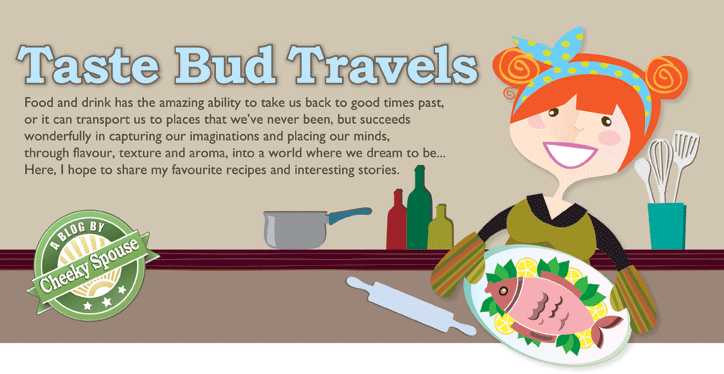
I think we must have a thing for goat's cheese as this is the second recipe I have published here.
I know a lot of people that do not like goat's cheese because it tastes too farm-yardy for them. Indeed, it does have rather a goaty note to it, but that's the appeal for me.
I had two little rounds of Gevrik Goat's Cheese in the fridge and they were edging ever nearer to their use by date. Our local supermarket sells this creamy and nutty flavoured Cornish cheese so on occasion we like to indulge, and one day we had the impulse to drop them into the trolley. Somehow we never got around to eating them soon after buying them, so there they sat in the fridge, nestling next to the cheddar in the cheese box for a good couple of weeks.
Wanting to make something substantial for an evening meal, I decided to make some individual onion tarts to go with the cheese. A sweet onion marmalade is usually a good accompaniment and I thought, why not use that idea but bake the onions in a light puff pastry.
I decided to serve the cheese baked as it's texture becomes so gooey and delicious.
You need lots of thinly sliced onions which you cook slowly and gently in olive oil and butter with a little sugar until they are soft and slightly caramelised. Then add some chopped fresh thyme leaves, a dash of balsamic vinegar and salt and black pepper to taste.
Then cut 2 rounds of puff pastry (I used ready-made) which I placed on to a baking sheet lined with baking parchment. Then make 2 rings of pastry to fit on top of the rounds, stick them on using some a little milk.
Pile the onion mixture into the centre of each and place them in a hot oven until the pastry is risen and golden brown. You'll see that the once flat pastry has now risen up to create a wall around the edges to encase the onions.
You'll need to warm the goat's cheese in the oven. Just pop them on some baking parchment on a tray and cook them until they puff out slightly, but be careful that they're not in the oven too long otherwise they might burst!
You can serve the tarts and cheese with some salad.












